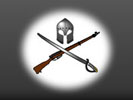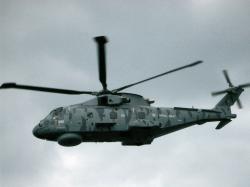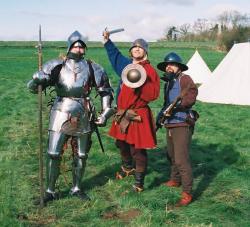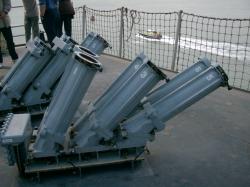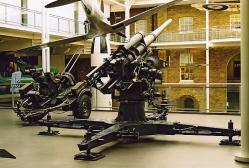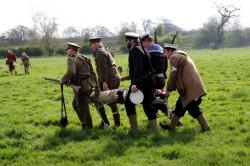Translate this Page
Dul Madoba
Battle Name : Dul Madoba
Date(s) : 09 August 1913
Part of : Operations against the "Mad Mullah" ,
Outcome : A victory for Somaliland Camel Constabulary over Dervish force
Type of battle : Land
Summary
The battle that took place on the 9th August 1913 was between the 110 members of the Somaliland Camel Constabulary commanded by Richard Corfield, reduced to 85 by the time action commenced, and some 2,750 well armed Dervish followers of Mohamed Bin Abdullah Hassan (the Mad Mullah). Of the Constabulary 36 including Richard Corfield were killed in action and 21 were wounded. On the Dervish side over 450 were killed or wounded. As a result of the action the British withdrew their protection of the local tribes to the area around the port of Berbera and the Mullah was unable to follow up his advantage immediately.
Location
Dul Madoba (Black Hill) is a scrub covered ridge 30 miles SE of Burao, Somaliland. (Somalia)
More details
Corfield left Burao with the Camel Constabulary at 3.00pm on 8th August 1913 after reports of a Large Dervish raiding party had been received and took the route leading to the Nogal valley. Ten men fell out on the march with unfit camels. After covering twenty miles they halted for an hour at 7.00pm and sent a recce party forward toward Idoweina. Resuming the move forward an hour later they laid up for the night just short of the well at Idoweina. After consulting Capt Summers who reminded Corfield of his instructions not to become engaged in a fight Corfield sent a message back to Burao that he would interpose his force between the Dervish and their looted stock and the Mullah’s main camp at Taleh. At 4.30 am on 9th August the Cobnstabulary stood to arms moving forward an hour later and by 6.15 am were committed to action in line of march without a reserve or rear protection. Half an hour later the first shots were fired and three hundred of the Dolbahanta who had joined Corfield overnight took to the bush and disappeared. The Constabulary’s right flank was quickly enveloped but Corfields Deputy Dunn and Sgt Jama Hirsi checked the line after a number of constables fled. The Maxim gun was silenced after only three belts had been fired and Corfield was shot in the head dying instantly trying to clear the blockage. Capt Summers was also wounded trying to restore the Maxim. He was wounded severely twice thereafter when the remnant of the Constabulary managed to form a square using thorn and slaughtered camels as a zariba (defensive perimeter) during a lull in the Dervish attack. Dunn continued to hold the remainder of the force together. Around midday the Dervish disengaged and, short of ammunition, left the area. They left 375 dead on the field. Of the Somaliland Camel Constabulary 35 were killed in action and 17 seriously wounded. Dunn, Summers and 23 rank and file many of them seriously wounded were left in control of the situation.
The result of the action was both a victory and a disaster for the Constabulary. A Victory in that the dervishes were forced out of action but carried off their looted livestock. A disaster in that the remnants of the Force and the British administration were forced to withdraw to the port of Berbera.
Prevost Battersby H.F. "Richard Corfield of Somaliland," Edward Arnold, London 1914.
Jardine, Douglas, "The Mad Mullah of Somaliland" Herbert Jenkins, London,1923.
Beachey Ray "The Warrior Mullah - The Horn Aflame 1892-1920," Bellew, London 1990
